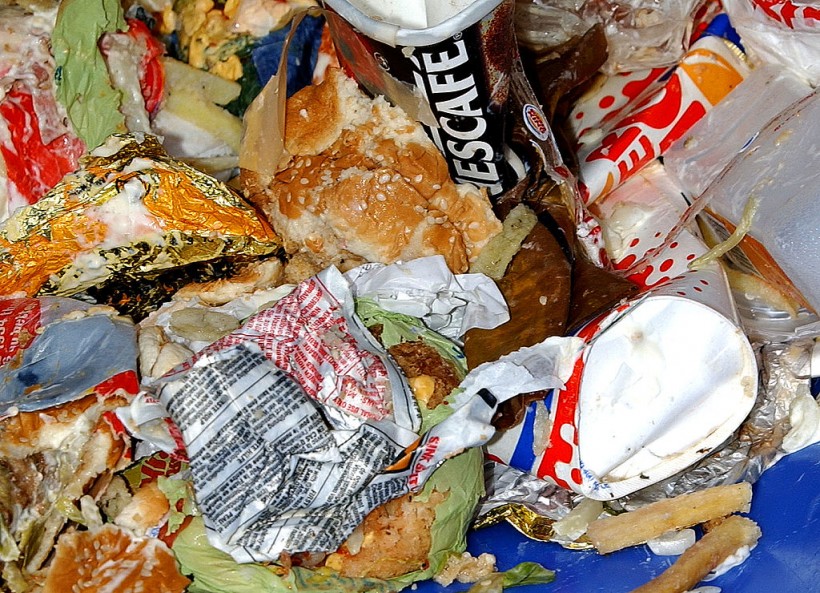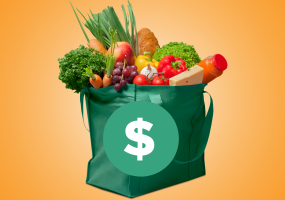Innoscentia and Ynvisible Interactive partner together to create expiration date labels that offer real-time monitoring of food quality.
According to the World Economic Forum, approximately 222 million tons of food go to waste in industrialized countries every year. That amount of food waste is about the same as what sub-Saharan Africa produces, said the UN's Food and Agriculture Organization.
In Europe alone, food waste weighs in at 89 million tons, while the United States spends $218 billion annually growing, processing, transporting, and disposing of food that will never be eaten.

Good Food Going Bad
The chemical signature of food like fruits and meat, change over time. These signatures are essential for companies and individuals to determine the appropriate duration to store, transport, and consume these products.
In fruits, the operative chemical is ethylene, and sensing this can provide information on the state of fruit ripeness.
On the other hand, for meat, fish, and other food products, the chemical signature of biogenic amines, sulfides, and other gases. In the same manner, sensing these can provide information on food safety and quality.
Read also: Dirty Secrets You Don't Want to Know About Restaurant Business
Digital Labels To Determine Food Quality
According to Business Wire, to reduce food waste significantly and detect spoiled food even before the expiry date, Innoscentia and Ynvisible Interactive collaborated to create digital sensors on food packages.
At present, their partnership is in the prototype stage, wherein the companies are working to adapt the sensors for large-scale production and printing.
This collaboration is reported to apply Innoscentia's digital sensors to packages to register the food quality and display the Ynvisible labels' results.
The companies strive to unlock the lost shelf life of food by providing a clear indicator of whether food is suitable for consumption.

Food labels and packing play a vital role in both food companies and consumers. Over the years, food packaging has been gaining attention. Food companies have been investing in sustainable packaging and innovative ones to determine the quality of the food inside.
According to the FDA, an estimated 20 percent of U.S. consumer food waste was because of confusion over date labeling. Unfortunately, expiration dates are not required as per the Federal Law, except for baby food.
As a result, labels often indicated phrases such as "sell by," "best before," or "best if used by" dates. This confusion leads to many consumers getting rid of food products that are still suitable for human consumption.
According to Waste Services Company RTS statistics, this accounts for Americans throwing out the equivalent of about $161 billion in food each year.
Innoscentia and Ynvisible Interactive are aiming to change this current situation. As identified by Ynvisible Interactive, there are three components on a label that could make it stand out. These are low cost, format flexibility, and low power consumption.
According to Ynvisible Interactive, these components will tailor its R&D services to incorporate the displays into existing products.
This innovation could help reduce and prevent food waste, but it could also keep consumers healthy. If these new digital labels arrive at the right price, food companies may start considering this solution.
Related article: 10 Food Items Made in China That Are Actually Fake









